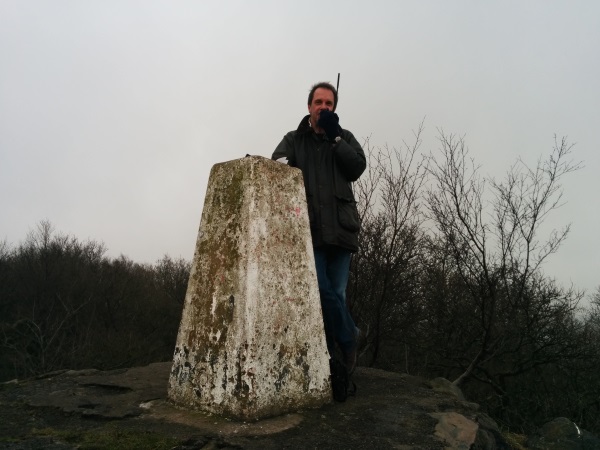

A quick introduction: by day, I'm a DevOps Engineer at Red Gate, a software company in Cambridge, UK. Outside of work, I enjoy both amateur radio (hence the callsign, M0VFC) and community broadcast radio at Cambridge 105. This blog aims to span all those interests - so feel free to ignore the posts that aren't relevant!
Feel free to get in touch on Twitter (@rmc47).
73 / Best wishes,
Rob
Amazon's EC2 provides a very useful virtual machine import and export service that lets you move VMs from your own virtual environment into EC2 and vice versa.
I've used this with good success in the past - at Redgate, we have a standard VM we use for demonstrating our products, which needs to be run offline on laptops at various events, but hosting it in the cloud gives us useful flexibility in situations where we do have a good internet connection.
For our previous Windows Server 2012-based image, we've round-tripped it several times with no problems, but a recent export of a newer 2012 R2 image gave this error on its second boot:

Subsequent boot attempts had the same problem, though Safe Mode worked OK.
Skip forward several frustrating hours trying to work out how to fix this, and with some invaluable help from the wonderful Clive, here's the somewhat dirty fix:
This removes the Xen filter driver (Amazon EC2 uses the Xen hypervisor), which for some reason seems to confuse Server 2012 R2 running under VMWare Workstation, at least.
Disclaimer: I've not tried re-importing one of these VMs to EC2 after removing the Xen filter driver. My assumption (hope?) is that on import, the Amazon PV driver will be re-installed and put it back, but you may want to check this.
It's been quite a while since I last activated a SOTA (Summits on the Air). According to the database, my last activation was 2010, though I think there may have been a couple more recently that I've lost the logs from.
Having just acquired an Elecraft KX3, I decided it was time to put it through its paces, so Neil G4HUN and I decided to head to one of our local summits for the day. "Local" is perhaps a little kind - the nearest qualifying hill to Cambridge is an hour and a half's drive!
Nonetheless, we went for Bardon Hill, reference G/CE-005. The summit is a relatively walk - perhaps a mile - from a convenient parking spot, and while somewhat muddy, not a difficult ascent. The weather was pleasant enough for a February day - dry, not too cold, but rather misty:

Neil started on 2m FM and easily qualified the summit by the time I'd set up on HF; I started on 30m CW using a 7m vertical with a 9:1 un-un, and made 14 QSOs inside ten minutes. Switching to a low 40m dipole and SSB made for some nice contacts with those back home, including M1ACB, G8NWC and G1SAA, as well as several others. After lunch, 40m CW bought a further 17 QSOs, all at 3W from the KX3.
Meanwhile, Neil had good success on 2m SSB using an FT-817 and Arrow antenna (3-ele yagi). My KX3's internal batteries (8 non-rechargable lithium AAs - <£10 on eBay) easily lasted the day, which gives me the confidence not to take an external battery pack in the future!
Finally, someone asked whether we were within 30m of the trig point - I think so!

Last night I gave a short talk on how we use Puppet at Redgate, particularly in the context of our (mainly Windows-based) build system.
With the caveat that I'm definitely not an expert, and therefore don't treat any of the content as being guaranteed best practice (some of it really isn't!), here's the slides.
It was the second meeting of the DevOps Cambridge group, and the first one I've been to - a really nice crowd, and well worth going along if you're in the area.